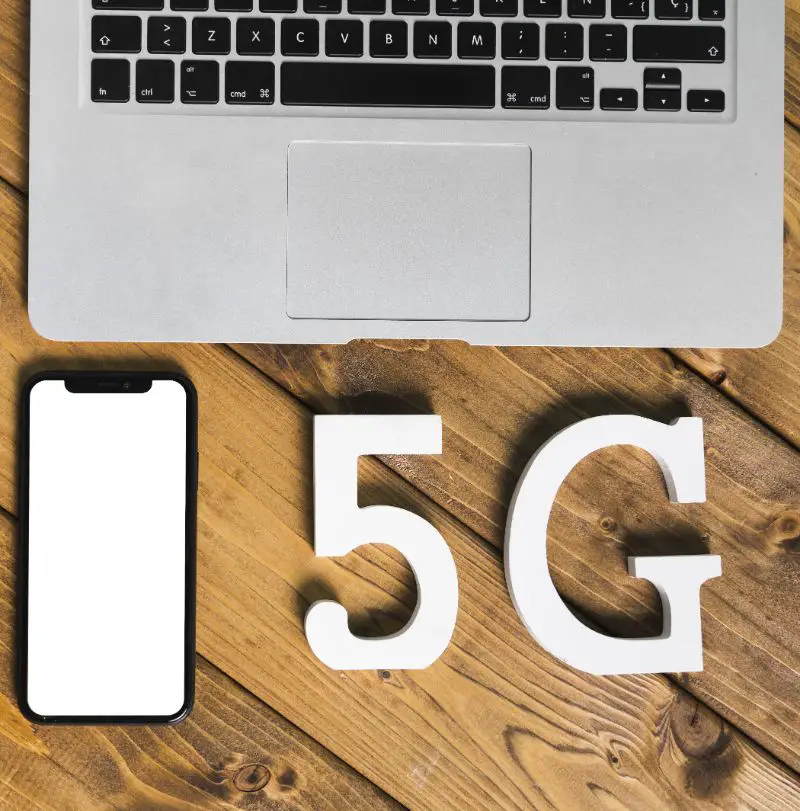
Hotspotting is the process of sharing your phone’s internet connection with other devices, such as a laptop. This is done by setting up a Wi-Fi hotspot or using Bluetooth or USB tethering. By using this technology, you can access the internet on your laptop while still using your phone’s data plan.
Content of the page
Hotspotting is an easy and convenient way to get online when you don’t have access to other internet sources. It’s especially useful for travelers, students, and anyone else who needs to stay connected. Hotspotting is becoming increasingly popular and is now available on many different devices.
Understanding Hotspotting
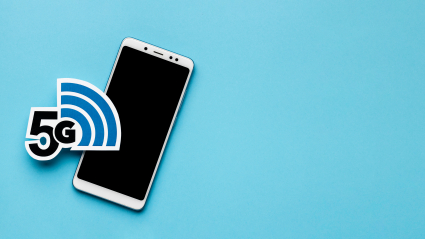
Hotspotting is the process of sharing an internet connection from one device to another. This can be done by setting up a Wi-Fi hotspot, using Bluetooth tethering, or using USB tethering. Each of these methods has its own advantages and disadvantages.
A Wi-Fi hotspot is the most common type of hotspot. It allows you to share your phone’s internet connection with other devices, such as a laptop, by creating a wireless network. This type of hotspot is easy to set up and use, but it requires you to have a signal from a cell tower or other Wi-Fi network to work.
Bluetooth tethering is a less common type of hotspot. It allows you to share your phone’s internet connection with other devices, such as a laptop, by creating a wireless connection. This type of hotspot is convenient because it doesn’t require a signal from a cell tower or other Wi-Fi network, but it is more difficult to set up and use.
USB tethering is the least common type of hotspot. It allows you to share your phone’s internet connection with other devices, such as a laptop, by connecting the two devices with a USB cable. This type of hotspot is very easy to set up and use, but it requires you to have a compatible USB cable.
Benefits of Hotspotting
Hotspotting has many benefits, including:
- It is easy to set up and use.
- It doesn’t require a signal from a cell tower or other Wi-Fi network.
- It allows you to access the internet on other devices while still using your phone’s data plan.
- It is convenient for travelers, students, and anyone else who needs to stay connected.
Hotspotting Methods
| Hotspotting Method | Advantages | Disadvantages |
|---|---|---|
| Wi-Fi Hotspot | Easy to set up and use | Requires signal from a cell tower or Wi-Fi network |
| Bluetooth Tethering | Doesn’t require a signal from a cell tower or Wi-Fi network | More difficult to set up and use |
| USB Tethering | Very easy to set up and use | Requires a compatible USB cable |
Wi-Fi Hotspot
Wi-Fi hotspotting is the most common type of hotspotting. It allows you to share your phone’s internet connection with other devices, such as a laptop, by creating a wireless network. This type of hotspotting is easy to set up and use, but it requires you to have a signal from a cell tower or other Wi-Fi network to work.
Bluetooth Tethering
Bluetooth tethering is a less common type of hotspotting. It allows you to share your phone’s internet connection with other devices, such as a laptop, by creating a wireless connection. This type of hotspotting is convenient because it doesn’t require a signal from a cell tower or other Wi-Fi network, but it is more difficult to set up and use.
USB Tethering
USB tethering is the least common type of hotspotting. It allows you to share your phone’s internet connection with other devices, such as a laptop, by connecting the two devices with a USB cable. This type of hotspotting is very easy to set up and use, but it requires you to have a compatible USB cable.
Setting Up Hotspot on Your Phone
Once you have decided which type of hotspot you would like to use, you can begin setting up the hotspot on your phone. This process will vary depending on your phone and your chosen hotspotting method.
Hotspot Compatibility
| Type of Hotspot | Compatibility |
|---|---|
| Wi-Fi Hotspot | Most phones |
| Bluetooth Tethering | Varies depending on the device |
| USB Tethering | Varies depending on the device |
Before you begin setting up your hotspot, it is important to make sure that your phone is compatible with the type of hotspot you want to use. Most phones are compatible with Wi-Fi hotspots, but not all phones are compatible with Bluetooth or USB tethering.
Enabling Hotspot on Android
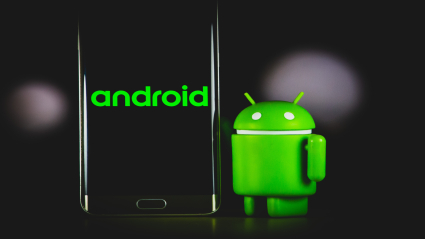
If you are using an Android phone, you can enable the hotspot by following these steps:
Step 1: Accessing Settings
Open the Settings app on your phone. This can usually be found in the app drawer or in the notification shade.
Step 2: Navigating to Hotspot Settings
Navigate to the Hotspot section of the Settings app. This can usually be found under the Network & Internet section.
Step 3: Enabling Hotspot
Once you have located the Hotspot section, you can enable the hotspot by tapping the toggle switch next to the Hotspot option.
Enabling Hotspot on iPhone
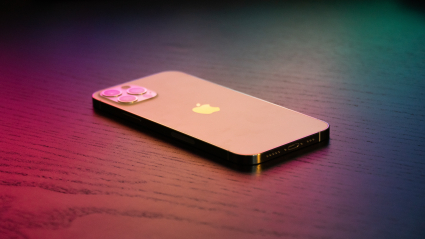
If you are using an iPhone, you can enable the hotspot by following these steps:
Step 1: Accessing Settings
Open the Settings app on your phone. This can usually be found in the app drawer or in the notification shade.
Step 2: Navigating to Personal Hotspot Settings
Navigate to the Personal Hotspot section of the Settings app. This can usually be found under the Cellular section.
Step 3: Enabling Personal Hotspot
Once you have located the Personal Hotspot section, you can enable the hotspot by tapping the toggle switch next to the Personal Hotspot option.
Connecting Your Laptop to the Hotspot
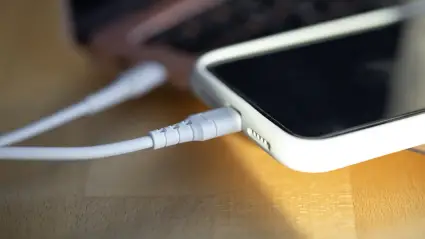
If you’re looking for a way to connect your laptop to the internet without a Wi-Fi connection, you can use your phone as a hotspot. This allows you to share your phone’s internet connection with your laptop, giving you access to the web wherever you are. It’s a great way to stay connected while you’re on the go, and it’s relatively easy to do. Here’s how to set up a hotspot from your phone to your laptop.
Checking Laptop Compatibility
Before you can connect your laptop to the hotspot, you’ll need to make sure that your laptop is compatible. Most modern laptops should be able to connect, but you may need to check that your laptop has the necessary hardware and software. Most laptops should have Wi-Fi and/or Bluetooth capabilities, and you’ll need to make sure that your laptop has the latest drivers installed.
Connecting via Wi-Fi
If your laptop is Wi-Fi enabled, you can connect your laptop to the hotspot created by your phone by following these steps:
Step 1: Opening Network Settings
The first step is to open your laptop’s network settings. This can usually be done by clicking the network icon in the system tray in the bottom right of your screen. Alternatively, you can open the network settings by going to the Control Panel and then the Network and Sharing Center.
Step 2: Scanning for Available Networks
Once you’ve opened the network settings, you’ll need to scan for available networks. This can be done by clicking the “Scan” button in the network settings. Once you’ve done this, you should see a list of available Wi-Fi networks.
Step 3: Connecting to the Hotspot
The next step is to connect to the hotspot. To do this, you’ll need to find the hotspot created by your phone in the list of available networks. Once you’ve located the hotspot, click on it and then enter the password (if necessary). Once you’ve entered the password, your laptop should be connected to the hotspot.
Connecting via Bluetooth
If your laptop is Bluetooth enabled, you can connect your laptop to the hotspot created by your phone by following these steps:
Step 1: Pairing Your Phone and Laptop
The first step is to pair your phone and laptop. To do this, open the Bluetooth settings on your laptop and then turn on Bluetooth on your phone. Once you’ve done this, your laptop should detect your phone and you should be able to pair the two devices.
Step 2: Enabling Bluetooth Tethering
Once you’ve paired your phone and laptop, you’ll need to enable Bluetooth tethering on your phone. This can usually be done by going to the Bluetooth settings on your phone and then enabling the “Bluetooth tethering” option.
Step 3: Connecting to the Hotspot
Once you’ve enabled Bluetooth tethering on your phone, your laptop should be able to detect the hotspot created by your phone. To connect to the hotspot, simply select it from the list of available networks and enter the password (if necessary). Once you’ve entered the password, your laptop should be connected to the hotspot.
Connecting via USB
If your laptop doesn’t have Wi-Fi or Bluetooth capabilities, you can still connect your laptop to the hotspot created by your phone by using a USB cable. Here’s how to do it:
Step 1: Connecting Your Phone and Laptop
The first step is to connect your phone and laptop. To do this, simply plug one end of the USB cable into your laptop and the other end into your phone.
Step 2: Enabling USB Tethering
Once you’ve connected your phone and laptop, you’ll need to enable USB tethering on your phone. This can usually be done by going to the tethering settings on your phone and then enabling the “USB tethering” option.
Step 3: Connecting to the Hotspot
Once you’ve enabled USB tethering on your phone, your laptop should be able to detect the hotspot created by your phone. To connect to the hotspot, simply select it from the list of available networks and enter the password (if necessary). Once you’ve entered the password, your laptop should be connected to the hotspot.
Troubleshooting Hotspot Connection Issues

When you are having trouble connecting your laptop to your phone’s hotspot, it can be frustrating. There are several common issues that can cause this problem. In this section, we’ll discuss some of the most common hotspot connection problems and how to troubleshoot them.
Common Hotspot Connection Problems
One of the most common problems when trying to connect to a phone’s hotspot is that the laptop can’t detect the phone. This can be due to a few different reasons. First, make sure that the hotspot is enabled on your phone. If it is, then check to make sure that the laptop can detect any other Wi-Fi networks in the area. If the laptop can detect other networks but not your phone’s, then the issue is likely due to the phone being too far away from the laptop. Move the phone closer to the laptop and try to connect again.
Wi-Fi Hotspot Troubleshooting
If the laptop can detect your phone’s hotspot but is unable to connect, there are a few steps you can take to troubleshoot the issue. First, make sure that the password you are entering is correct. If that doesn’t work, then try forgetting the network on the laptop and then reconnecting to it. If that still doesn’t work, then try disabling and then re-enabling the hotspot on your phone. If none of these steps work, then you may need to restart your phone and try again.
Managing Hotspot Usage
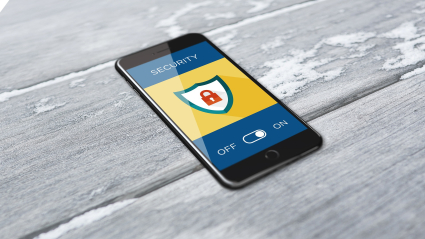
Once you have successfully connected your laptop to your phone’s hotspot, you’ll want to make sure that you are managing your usage properly. This includes monitoring your data usage and securing your hotspot to protect your data.
Monitoring Data Usage
If you are using your phone’s hotspot to connect to the internet, then you’ll want to make sure that you are monitoring your data usage. Most phones have a feature that will show you how much data you are using in a given period of time. This can help you make sure that you don’t exceed your data limit and get charged extra. You can also set up data alerts on your phone to notify you when you are close to reaching your data limit.
Securing Your Hotspot
When you are using your phone’s hotspot to connect to the internet, it is important to make sure that your connection is secure. This will help protect your data from being accessed by unauthorized users. Here are a few steps you can take to secure your hotspot:
- Step 1: Setting a Strong Password: Make sure that you set a strong password for your hotspot. This should be at least 8 characters long and include a mix of upper and lowercase letters, numbers, and symbols.
- Step 2: Changing Hotspot Name (SSID): Change the name of your hotspot (also known as the SSID) to something unique. This will make it more difficult for someone to guess your SSID and gain access to your hotspot.
- Step 3: Enabling Network Encryption: Enable network encryption on your hotspot. This will help protect your data from being accessed by unauthorized users.
Disconnecting and Disabling Hotspot
When you are done using your phone’s hotspot, make sure to disconnect it from your laptop and then disable the hotspot on your phone. This will help conserve your phone’s battery and make sure that your data is protected.
Conclusion
Using your phone’s hotspot to connect your laptop to the internet can be a great way to stay connected while on the go. However, it is important to make sure that you are managing your usage properly and that you are taking steps to secure your connection. By following the steps outlined in this article, you can make sure that your connection is secure and that you are managing your data usage appropriately.
